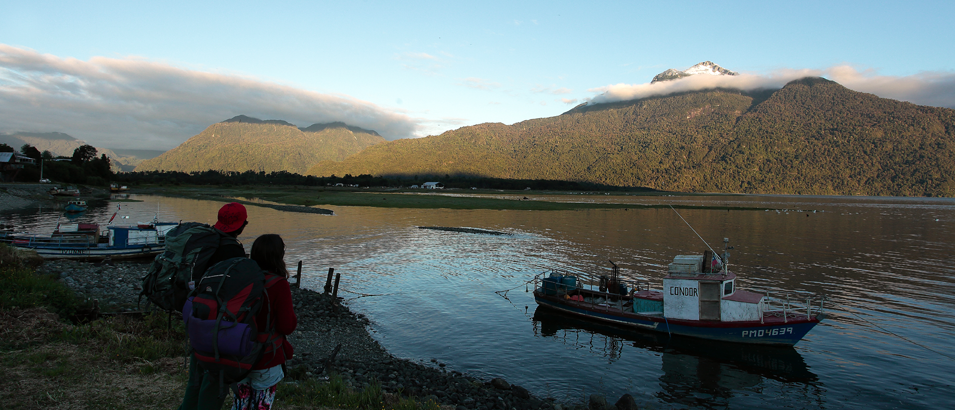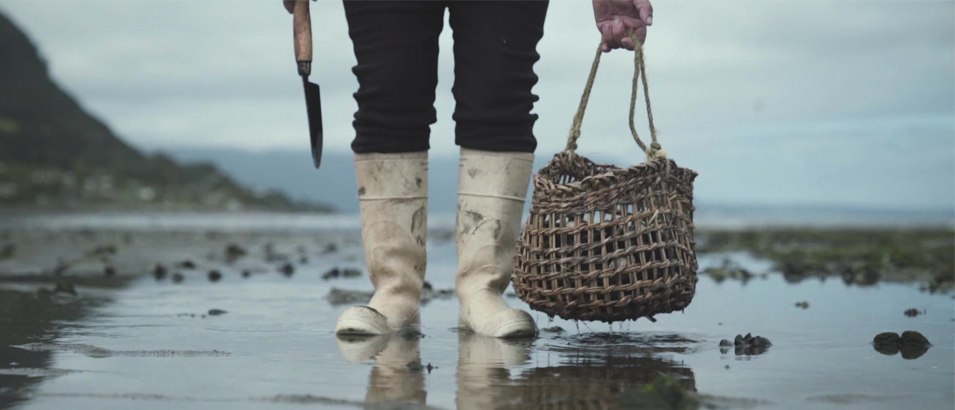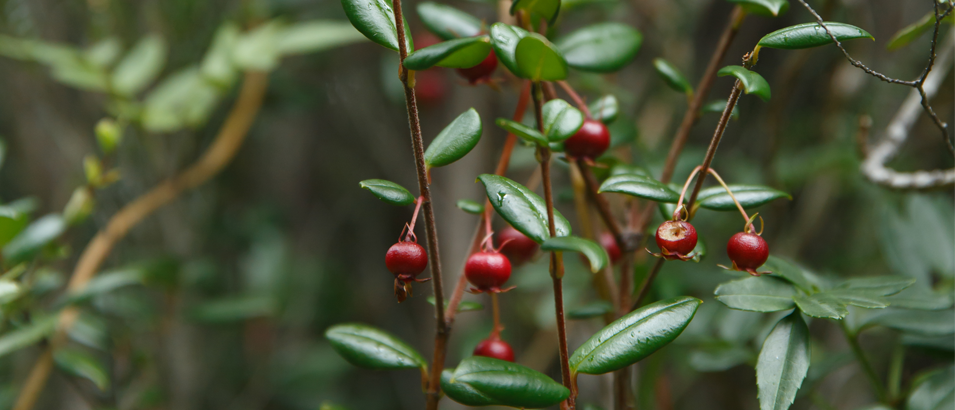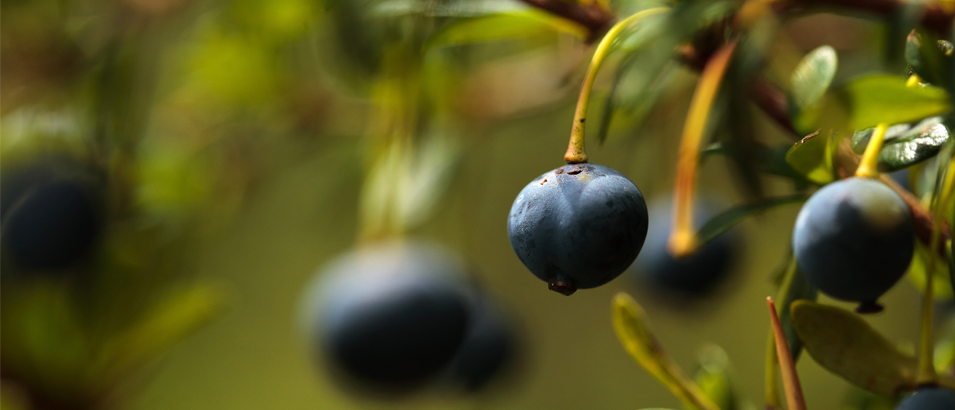
Places to see
Among the natural attractions here are the Volcán Apagado, the Volcán Yates and the Volcán Hornopirén; also, the lake Cabrera, which is reached by an old larches road. Lake Cabrera keeps the history of the flood of 1965, under which 28 people died, and which is commemorated each year with a walk and pilgrimage.
Navigating the fjords of Comau, Quintupeu, and Cahuelmó is an experience that is hard to forget. The trip begins in Hornopirén and continues through the Cholgo Canal between the islands of Los Ciervos and Llancahué, in the shadow of the peaks and forests, and ends in the Valley of Vodudahue and Leptepu.
A must-see is the Hornopirén National Park, with its 48,232 hectares of glaciers, mountains, and volcanoes. The park has different viewpoints to observe the imposing landscape of forests and lakes, which are covered by horseback riding and cycling.
There are also the Pichicolo hot springs, located 15 kilometers from Hornopirén, coming from Contao along the Carretera Austral. Crossing the Cholgo channel you will reach the Llancahué thermal baths. On the trip to the island of the same name, you can see the sea lion colonies. The commune also stands out for its wetlands that are perfect for birdwatching,
and very rich in lichens and medicinal herbs.
Hualaihué has many other natural and cultural attractions: rafting down the Cisnes River, the pools of Río Negro, the Piedra de la Pincoya in Rolecha, the indigenous cemetery and the Contao Shell middens; Isla Caicura, a refuge for pirates, Bajo Chauchil from where rich seafood is extracted, the handmade chicha produced in a turner, the curanto, the wool and wood crafts or the gastronomy of land and sea.
Coastal route
The coastal route goes from Contao to Hualaihué Puerto. This tour invites us to admire the beauty of the picturesque coastal landscapes together with the observation of incredible examples of flora and fauna typical of the area.
Punta Poe Caves
In the area of Punta Poe, you can find several caves on the seashore. The locals say that the remains of a giant’s skeleton were found here years ago.

People to meet
Hualaihué invites you to learn about its traditions, and what better way than by the hand of the Shellfish Collectors. You can find them along the Hualaihué coast next to the Seafood Smokers. Travel their beaches and learn about these old trades or about the weaving of vegetable fiber baskets.
Also visit the Traditional Fishermen and Shellfish Divers. Share stories with them, along with a good curanto, a good glass of chicha, homemade the traditional way and the music of the Cantores. You will discover that the musical tradition of a territory reflects its history and the way of life of its people.
A must of the commune are Shore Carpenters and their traditional construction of boats, which are usually blessed before entering the sea, probably by the “Fiscales” (religious guides) of the area, who spiritually accompany the Hualaihuelinos, in health and illness. The Indigenous people of this territory remain firm and proud of their culture, look for them and you will love their unique rhythm of life, like the Huilliche Culture in the Cabrera Lake.
Weavers and Spinners; you must visit them and learn about their textile tradition and find the best clothes for winter. And you should not miss the logging tradition: be surprised by the stories of the Alerceros in the heights of Hualaihué or the Shingles Artisans who make larch shingles, that cover the houses with native woods.
What to try
Many are the flavors of the Hualaihué commune. Of course, the curanto and also the Fish in Velero or in Cancato, the Hake is a classic accompanied by potatoes or the Chochoca. Fruits like the Cauchao, the fruit of the luma, the Maqui, the Calafate or the Murta, add to the rich Apple Chicha (cider) that is made here locally; almost all the old families have a chicha machine in their houses.
Another special are the Mella or the Beef Tortilla. The casserles and roasts on a pit are not missing, just like the Reitimientos (traditional party in which a pig is slaughtered, and all its parts are used) in which a plate of Yoco is always kept and shared with neighbors.
Pulmay
A pot boiled version of the traditional Curanto. It usually has different types of shellfish, boiled together with pork, chicken and sausages, served along with Milcaos (a fried potato dough cooked with pork cracklings) and Chapaleles (dough of boiled potatoes).












